How to Spot a Drone at Night
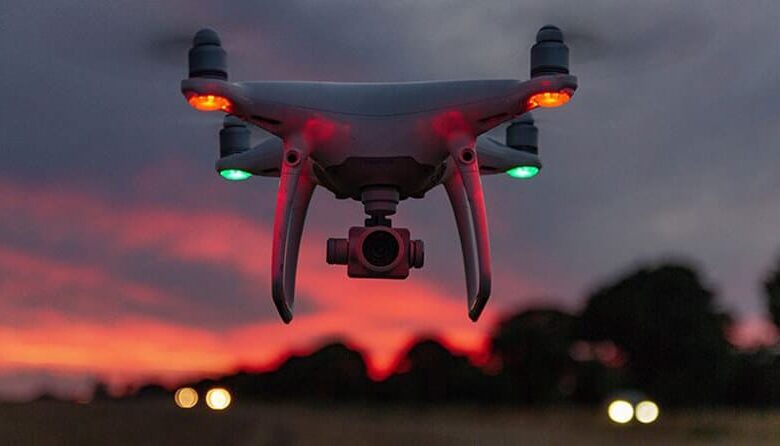
The drone is undoubtedly one of the advanced tech equipment you can purchase for various uses such as surveillance, photography, videography, and many more. The massive popularity these airborne gadgets have garnered over the last decade forced governments to develop regulations that limit the altitude and areas that can be flown.
Ensure that you adhere to the regulations to avoid legal tussles and your drone being shot down. For purposes of this article, though, we will discuss tips on how to spot a drone at night. Let’s dive in.
Be On the Lookout for Light
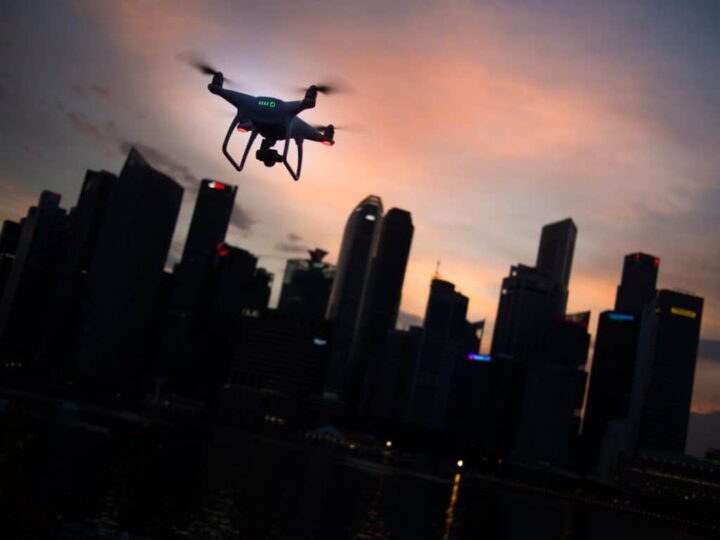
Drones are wired to emit light when flying at night. The light is usually so dim that you might not notice it if you are not watching out for it. The type of light emitted is dependent on the drone’s model and features. Some emit non-blink lights, which are the hardest to spot at night.
Most drones used for surveillance by individual users and security personnel don’t have noticeable dim navigation lights. Instead, they are fitted with bright anti-collision lights that make them detectable as they hover over a target.
Some of the standard light colors that you should look out for are red, green, and white, but modern drones have other unique colors. Researching the type of drone that is likely to be used by the target will help you identify it quickly, even during the wee hours of the night.
Listen to the Sound
The first drones to hit the market produced a significant noise that made them impossible for covert missions. Since then, the manufacturers have developed modern drones that are quieter and challenging to detect if you don’t know what to look for when looking in the sky.
That said, even the most discreet and quiet drone can be detected if you are in a pin-drop quiet environment. The primary source of the sounds is the propellers which create a buzzing or whistling sound as they rotate and counter the friction with the air.
Like the lights hack discussed above, no specialized tools are required to hear the sound of the drone flying above your property. Listen keenly for a buzzing sound which is relatively easy to detect at night because the sound waves are bent downwards.
Leverage a Drone Detector Application
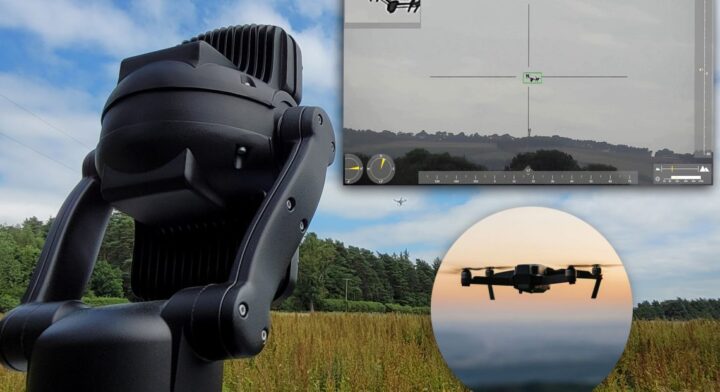
Thanks to advancements in technology, developers developed innovative drone detector applications that you can install on your smartphone. With this app, you can accurately detect a drone flying overhead without breaking a sweat.
There is no need to listen to the sounds or watch out for the blinking lights. The app will do all the heavy lifting for you. The application relies on unencrypted wi-fi signals emitted by the drone as it relays information back to the receiver that the owner controls.
Once the wi-fi signals are captured, the app checks them against all recorded signals in its database to confirm whether they are from a drone. The best drone detector application can pinpoint the pilot’s location based on the information in the database.
The application’s ability to detect a drone is limited if the distance between your phone and the drone is more than half a mile.
Before we look at the third tip on how to spot a drone at night, it’s prudent to mention that the market is filled with different types of indoor drones. It can be daunting to find the right one with the many options available. To help you find one that matches your taste and preferences. Check out this buying guide https://www.extremefliers.com/indoor-drone/.
Microwave Motion Sensors
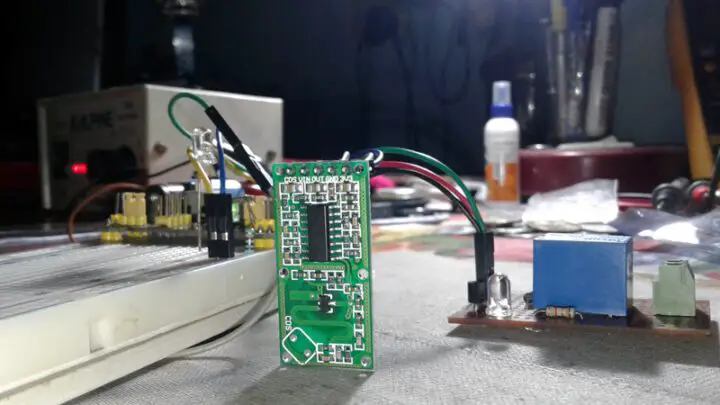
Microwave motion sensors can also detect the signals emitted by drones. They work by sending out electromagnetic waves into the atmosphere.
The waves will be bounced back or reflected in the motion sensor when they contact the drone.
It’s almost as effective as the drone detector mobile applications. The only difference is that the sensors can estimate the speed at which the drone is flying and its direction based on the waves.
Where you install the sensors will determine their accuracy and effectiveness. If possible, install the sensor on a window facing outward and away from obstructions such as buildings.
Motion Detection Cameras
Motion detection cameras are super effective, especially if you don’t have the time or want to struggle to listen to the sounds of the buzzing propellers. It’s no brainer that the cameras can pinpoint the location of a drone better than the human eyes.
The cameras are engineered to detect movement in the air by comparing the images it captures. It will relay a signal to notify you of an intruder object around your vicinity. Most of them send notifications to your smartphone immediately it detects the movements to help you spring into action fast before your privacy and security are compromised.
Like the microwave motion sensors discussed above, the motion detection camera should be installed strategically. Ideally, they should not be installed in places where movements and light are difficult to detect. Go for a camera that can identify movement using infrared light at night.
Utilize Radar Detectors
Radar detectors have a superior capability of picking up signals in the atmosphere as they bounce off the drone. Unlike microwave sensors and motion detection cameras, radar detectors can survey vast spaces and offer accurate reports.
They are more expensive than the sensors, but that shouldn’t deter you from purchasing one as they can effectively monitor the waves in all directions and miles away from your premises. To avoid false alarms, they can differentiate between drones and birds flying along the target transmission path.
Final Thoughts
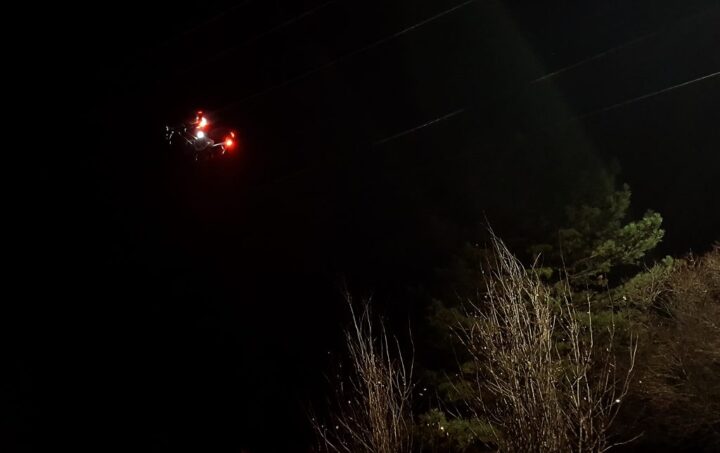
Detecting drones at night can be difficult and time-consuming if you don’t have the required sensors. You can’t stay awake all night listening to sounds and looking for blinking lights. Consider using radar detectors, motion detection cameras, or microwave motion sensors to save time and stay safe.
